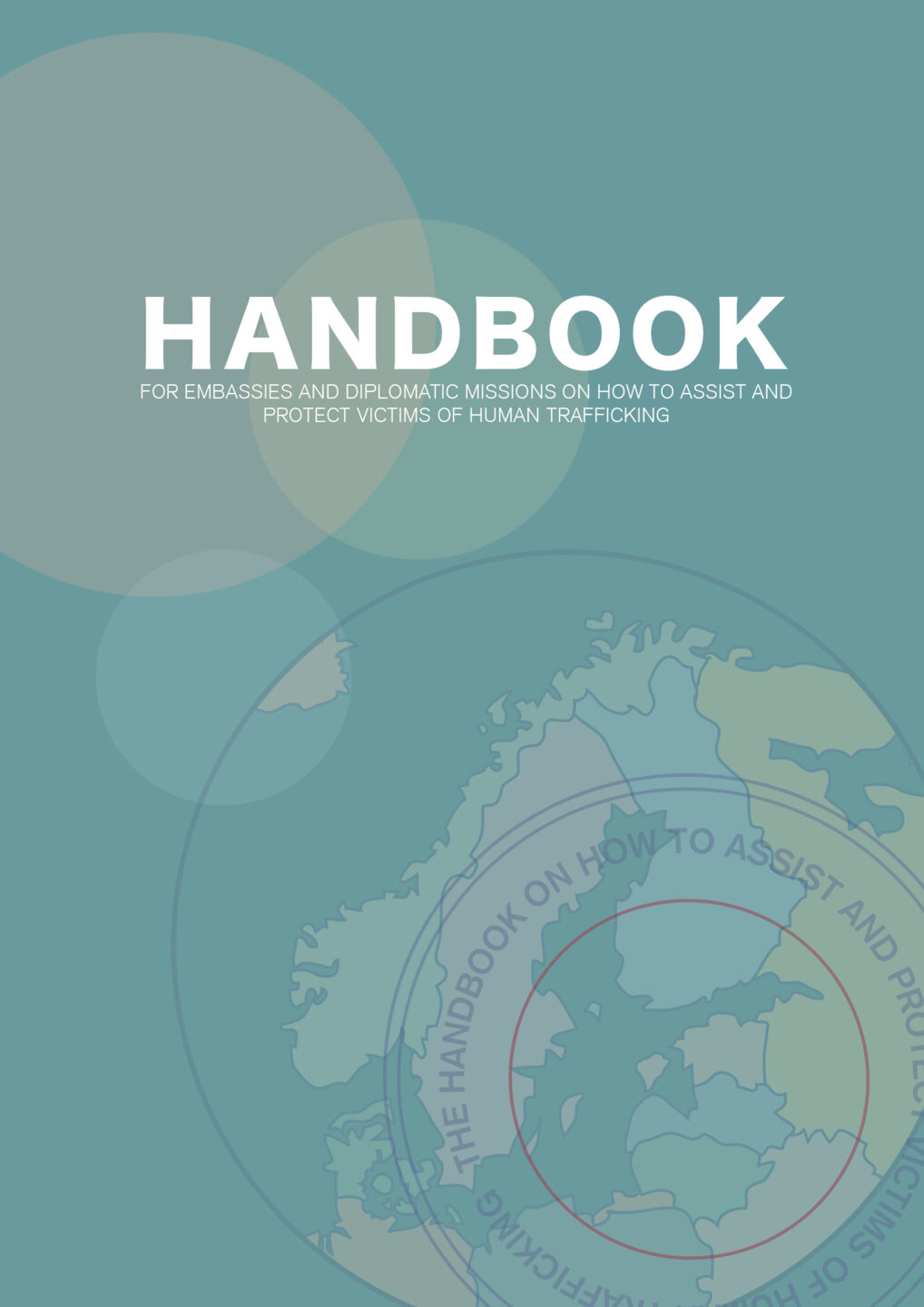Handbook for Embassies and Diplomatic Missions on How to Assist and Protect Victims of Human Trafficking

Trafficking in human beings is a serious crime that exploits and violates the human rights of its many victims. It is often committed by those who are engaged in other forms of organized crime. The crime is fueled by demand and often linked to and exacerbated by phenomena such as poverty, armed conflicts, climate change and migration flows. The responsibility to prevent this crime and take action when identifying potential victims of human trafficking must include all state agencies and authorities – including diplomatic missions abroad.
Migration and the reasons for it can come in many forms; it may be planned and deliberate or it may be unplanned and desperate. In all these types of migrations there is a possibility of being exploited in trafficking in human beings. In some of these journeys the risks of exploitation are far higher than in the others.
Practitioners who may encounter victims of human trafficking in their daily work must therefore be offered the tools necessary to act and to be equipped with the adequate knowledge to prevent human trafficking and protect its victims.
This handbook is developed as a tool for staff at embassies and diplomatic missions to prevent, identify and assist victims of human trafficking. It contains sections on the definition of human trafficking, the international legal framework, risk assessment, chains of assistance and safe return. It has a victim-centered and child-rights approach with a particular focus on the gendered aspects of human trafficking. We hope that you will make use of this handbook when you deal with a situation that you suspect could be a case of human trafficking.